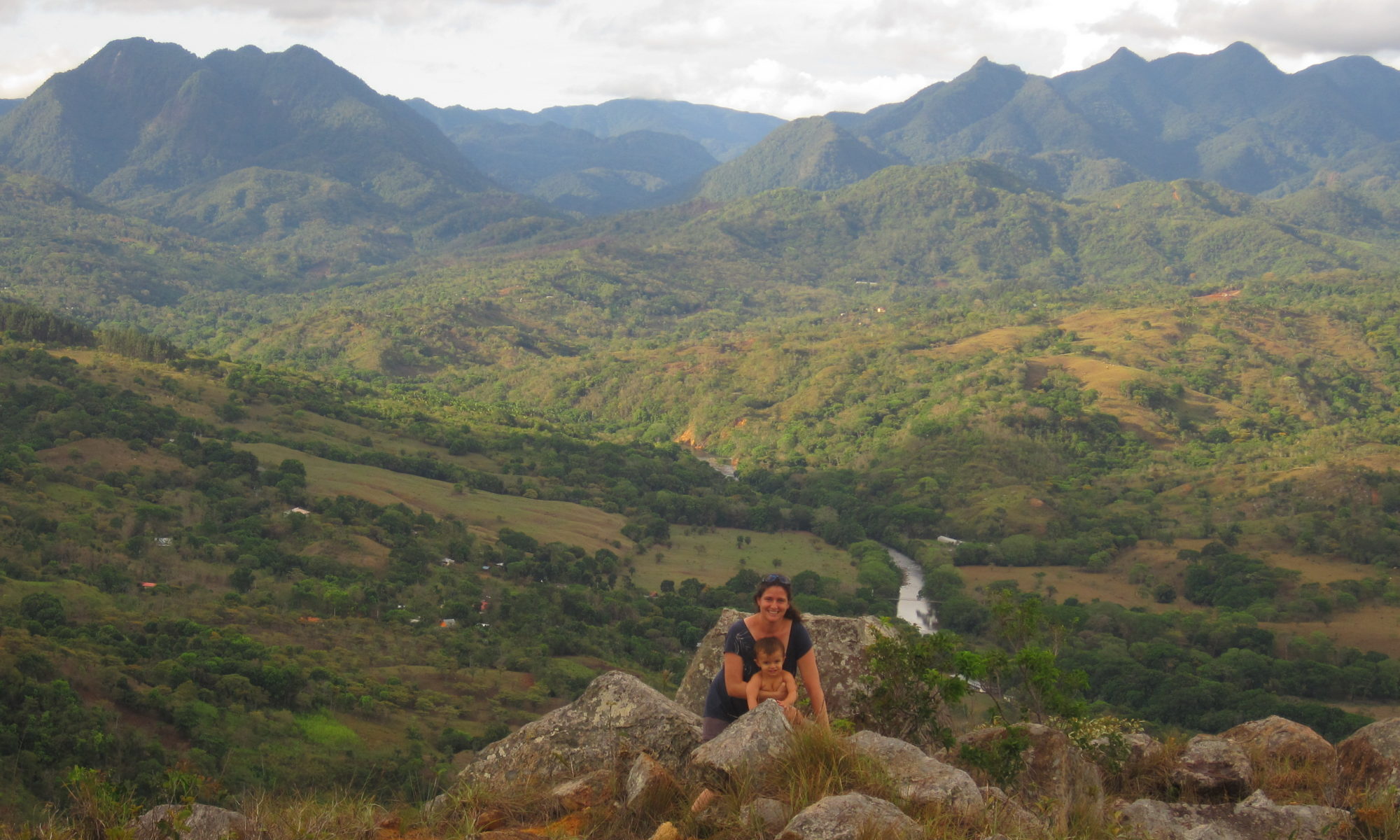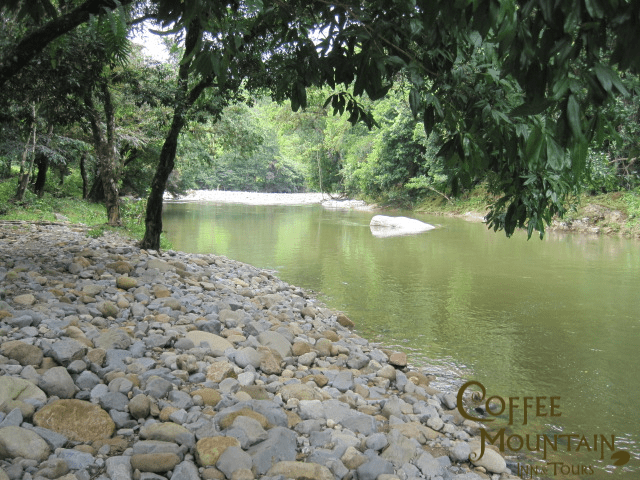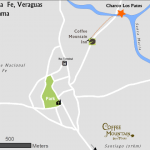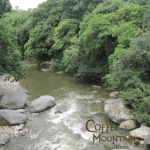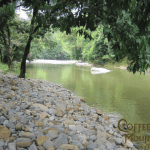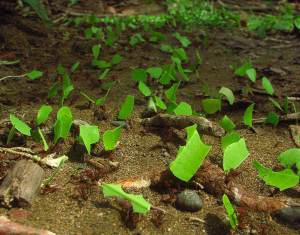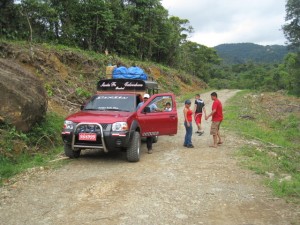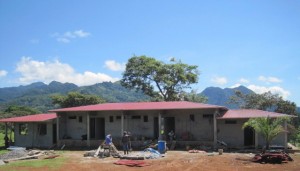Swimming and River Fun
In Santa Fe, Veraguas and ready for a dip in the river or a float in a tube? Downhill (going there, definitely not going back – if you’ve seen that hill, you know what I’m talking about) from the hotel is one of the prettiest lazy swimming holes, surrounded by tall trees and a nice river. It is a bit rocky, so I wear my flip flops in the water.
How to get there?
Go downhill from our hotel about 400m until you hit the Bulaba bridge. Cross it, and on the other side to the right, make your way down to the river. The swimming hole is downstream about 100m
Be careful and aware
Who would I be without cautionary words. While the river is calm in this area much of the year, there are times that the water and velocity is high. Use common sense – if it looks dangerous – don’t do it.
UPDATE: naming of the Charco
Since originally writing this post last week, I’ve learned of two background stories about Charco Piedra del Pato. See which one you like the best. The first is from Nathali who says she read the story in a book of legends of the area, the second from her mom, Villa.
1) From Nathali: The swimming hole is located on the Bulaba River, named for an indian cacique Bulaba. Bulaba had a beautiful daughter who fell in love with a man from a neighboring tribe. They would meet at night at this pool. After realizing that his daughter was sneaking out at night to meet with her love interest, Bulaba was not happy and wanted to put a stop to the romance. He went to see a warlock who turned the boyfriend into a duck (pato). The daughter went at night to wait for her boyfriend, sitting on the big rock in the middle of the second photo – she sat and sat, he never came. Thus, the area was named the Pool of Duck Rock (Charco Piedra del Pato)
2) From Villa: There used to be a lady named Sra Inez who lived on the river. She had many ducks and the ducks used to perch themselves on the rock. Thus, the area was named the Pool of Duck Rock (Charco Piedro del Pato).
